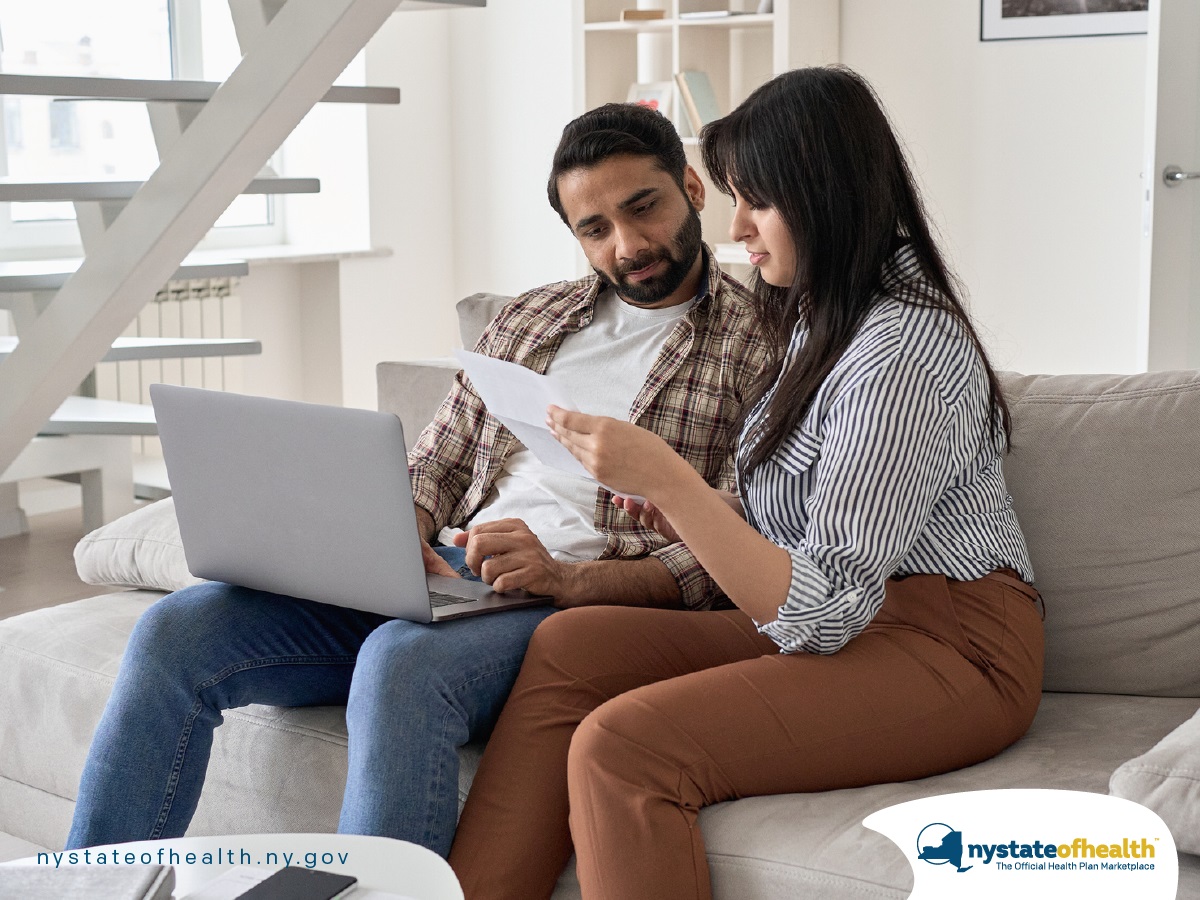The national COVID-19 public health emergency ended last week, on the heels of the World Health Organization declaring the end of the global public health emergency. It’s a relief to enter this new phase — it is an important milestone toward our collective return to a changed but more normal way of life. The last three years were long ones, filled with more suffering, anxiety, and disruption than we could have imagined.
As we move forward, there are also new challenges as government supports related to the pandemic are ending. One of the biggest is the federal rollback of a policy that prohibited states from terminating Medicaid enrollees’ health insurance. Thanks in part to that continuous coverage requirement, insurance coverage rates in New York are now at a record high. The public safety net is a big part of that success; more than 9 million New Yorkers are enrolled in public coverage, including more than 1.4 million who enrolled for the first time during the pandemic.
The expiration of that policy means that states must begin recertifying all Medicaid beneficiaries. New York State has begun reassessing eligibility and renewing coverage for all eligible Medicaid, Essential Plan, and Child Health Plus enrollees, which will continue over the next 14 months. It’s a massive undertaking — the biggest coverage event since the Affordable Care Act was passed.
There are some states that are licking their lips at the prospect of cutting their Medicaid rolls. But New York is pulling out all the stops to preserve our coverage gains. The State has produced an impressive set of tools and supports, including:
- Clear, accessible, tailored guidance for New Yorkers about the steps they need to take to stay enrolled in health insurance coverage;
- County-level fact sheets with detailed information about insurance renewals;
- Training materials and tools for assistors to connect effectively with eligible enrollees; and
- Detailed communications toolkits and templates for advocates and other stakeholders to amplify coordinated and consistent messages.
The State is also collaborating with private funders and advocates on a campaign called Keep New York Covered (KNYC). The campaign will identify New Yorkers who need to renew their coverage, reach out to them with clear and effective communications, and provide navigation assistance to help people understand their options and successfully enroll in coverage. (My colleague Avital Havusha co-authored a commentary on that initiative — give it a read to learn more. Also check out a recent webinar featuring State officials and other campaign leaders describing their work.)
New York’s Navigator and facilitated enroller networks, which have helped hundreds of thousands of New Yorkers enroll in or renew coverage over the past decade, are also ready to meet the moment. The Community Service Society of New York is mobilizing community-based organizations across the State to conduct marketing and outreach activities. Already, they have reached nearly 2 million New Yorkers and helped nearly 4,000 of them enroll into public coverage. They’re doing the critical but often overlooked work of getting people the information they need, exactly when they need it, in a way that resonates with them. These groups are using tested strategies and messages, including texts, phone calls, door-to-door outreach, presentations, social media posts, videos, and radio and TV announcements.
The pandemic was short on silver linings, but one was that New York’s safety net held. An unexpected outcome was that people gained rather than lost health insurance coverage. We must preserve those gains rather than backslide. There is no other way but to protect New Yorkers’ coverage and make health care available and affordable when they need it.
By David Sandman, President and CEO, New York Health Foundation
Published in Medium on May 15, 2023


